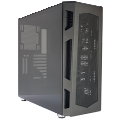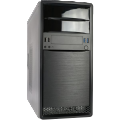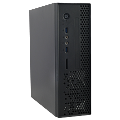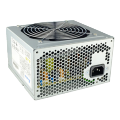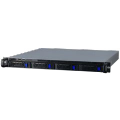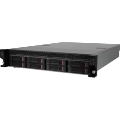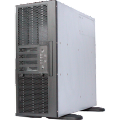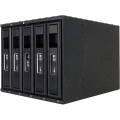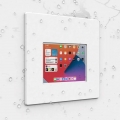What fan should I choose?

When it comes to the fan, most people only consider the size and the dazzling light come with the fan when they buy it. But do you know the secret of the fan? If you can take some time to read the spec carefully and figure out the cooling ability of the fan, you can save time dealing with the overheating and noise issues and increase the stability of your system. In this guide, we'll go through the important spec of the fan. Hope it will help you when you plan your cooling system.
Electrical characteristics
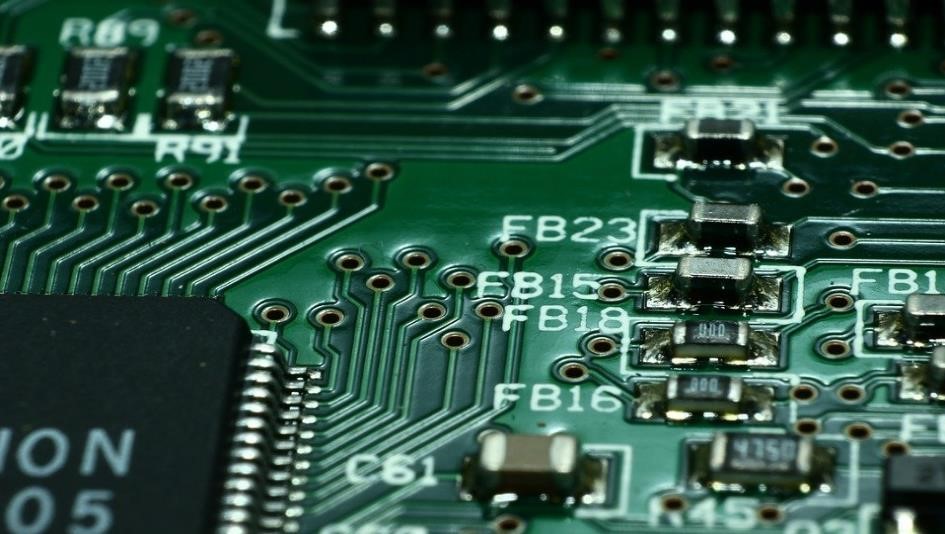
As the fan is quite simple device, it has only the basic electrical characteristics like voltage, current and power. The usual voltage on the market is 5V and 12V, and the fan for the PC is commonly 12V. Be sure to check the fan you bought is with correct voltage. About the current and power, they ‘re normally low which is around 0.1~0.2 A and 1~2W. It won't have big influence on your power plan.
Airflow and air pressure
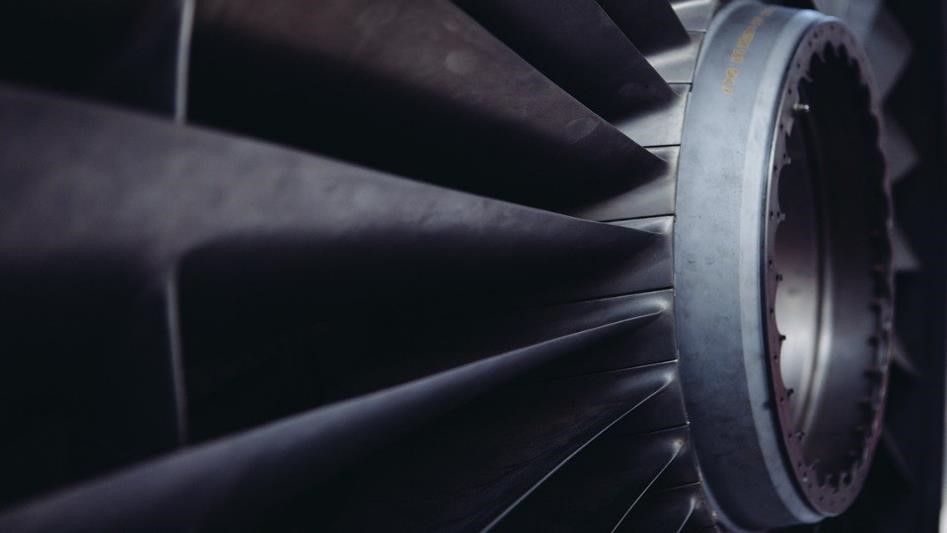
The airflow and the air pressure are the key factors to judge the fan's cooling ability. The air flow represents the air volume the fan can blow. Its unit is normally CMM(m3/min) or CFM(ft3/min). The air pressure means the pressure difference the fan can produce, normally written in mmHg or mmH2O.
Generally, the fan with better air flow and air pressure has better cooling ability. Unfortunately, the two factors are negative correlated. You have no chance to find the fan with both good because they need different fan blade design. Which factor more important depends on the application.
For general cooling purpose, choosing the fan with better air flow is always the best answer. The fan with better air flow has the better ability to supply more air to cool the system. The device can get the fresh air soon and the heated air will leave quickly by the push from the new air. System cooling will be more efficient when using high air flow fans. Worth noticing, the air flow ability is correlated to the fan size. Bigger fans will have better air flow ability. This information will help you when you plan your cooling system which will discuss in later section.
However, things go different when the place is limited and there're hurdles in the flow route. If the air pressure is not enough, the cooling air will have difficulty to pass the hurdle and may cause back flow to reduce the cooling efficiency. In this situation, you'll need to consider the fan with higher air pressure. Only the fan with higher air pressure has the ability to drive the air through the narrow space. Therefore, you'll find most cooling fan for the CPU cooler has higher air pressure rather than higher air flow, because it has to drive the air through the cooling fins.
Though the difference between the air flow and the air pressure is not much in real use, choosing the right fan can help you optimize the cooling effect in your system. The system can be more stable and durable with correct fan configuration. If you still feel confused when choosing the fan, just keep in mind to choose the high air flow one which can be applied in most scheme.
Noise

Interestingly, people will find they cannot withstand the loud noise from the fans if they use only the high air flow ability as the only standard. The noise will not only disturb your mood when you use your computer, it may also affect you physiologically, losing sleep, losing diet or other uncomfortable syndromes. Therefore, the noise is also one important spec we need to check when considering the fan.
The noise mostly come from the high-speed rotation of the fan blade which is necessary to create the high air flow. It is inevitable and it cannot be eliminated. We can only try to find the one we can accept at a certain air flow level.
Preferable noise level is around 20 dB. At this level, the noise will be unnoticeable when you use the equipment. When it rises to 30 to 40, you'll hear the fan humming loudly inside the room which is really annoying. It is better to find a fan which noise is below 25 dB.
Speed
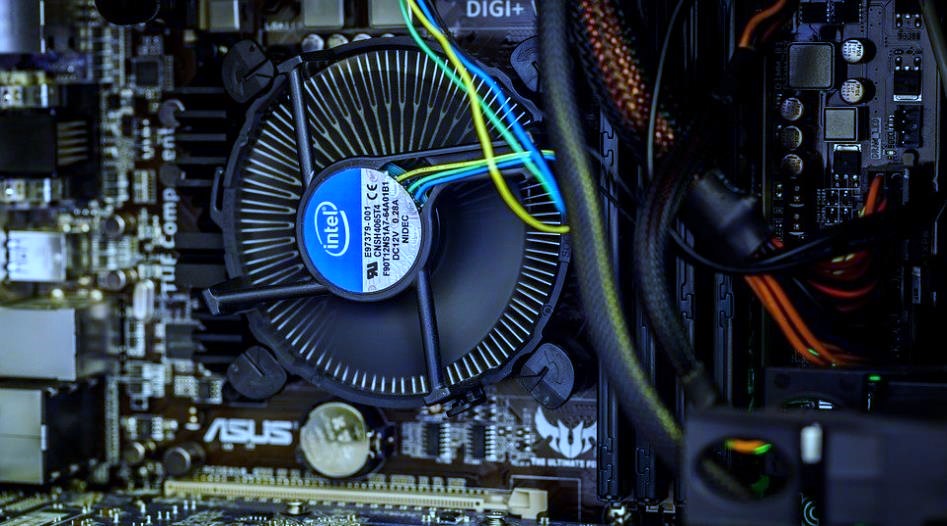
Checking the fan speed is an easy way to know the fan's ability. Since it is positive correlated with the air flow, faster fans can bring more air flow into the case. Whereas, it also creates more noise, just as we discussed in last section.
Now we can do a small summary here: faster fans will have higher air flow and bigger noise. Since the air flow, the noise and the speed are three correlated factors, it seems it is impossible to find a fan having big air flow but with low noise. Indeed, there is. You'll find there's one interesting thing if you viewed enough fans: at the same air flow level, bigger fans could run with lower noise in lower speed. This is the key in many quiet pc chassis which widely adopt big fans and the acoustic foam. If you're seeking for the solution for silent fans, just find the big ones.
Bearing
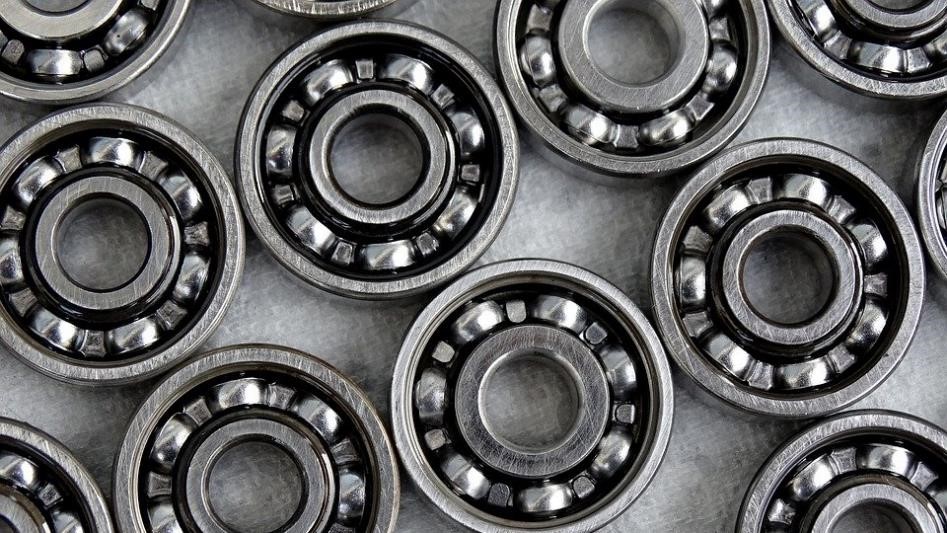
If you've been a PC DIYer for years, you may know some fans are easy to be dead and some aren't. What's the factor affect the lifetime of the fans? The answer is the bearing.
There're 2 basic types of the bearing in the fan world: one is the sleeve bearing and another is the ball bearing. The sleeve bearing is the most basic bearing and is also the cheapest choice. Its is normally a solid bearing with structures to contain the lubricating oil. When the fan rotates, the lubricating oil can help reduce the abrasion and let the fan work smoothly. However, the lubricating oil will evaporate and be consumed with the time. When the oil dries out, the lifetime of the fan also ends. Therefore, the lifetime of the sleeve bearing fan is the shortest.
The ball bearing adopts another strategy besides the singly use of the lubricate. It has double ring structures and fills the small balls between the rings. The small balls work as a mechanical lubricate to reduce the friction between the ring. In the meanwhile, it also serves as the steady support and buffer to the load. The design makes the bearing steadier and more durable. Hence, the ball bearing fans usually have better lifetime than the sleeve bearing fans.
There're still other advanced bearing types like fluid bearing and air bearing, but they're both too expensive for the PC fans. Nevertheless, you get what you pay for. If you want only usable fans, you can consider sleeve fans with shorter lifetime. If you have enough budget and want to use the fan for durable products like servers or other business application, I'll highly recommend you use the ball bearing fans.
Cable layout
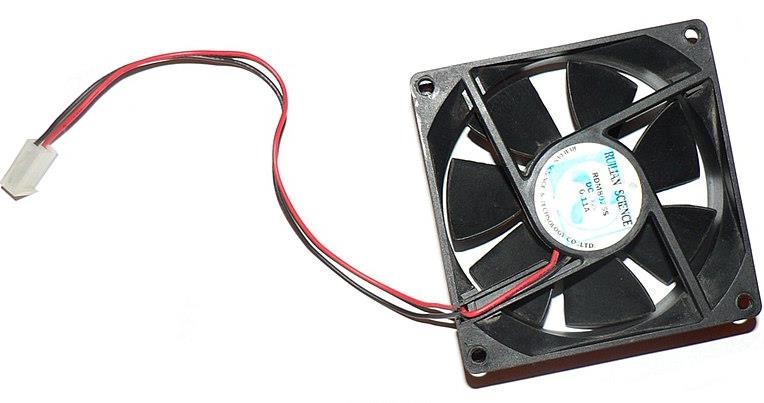
Most of the time, the cable issues are minor and solvable. Whereas, it can save your time searching for the solution if you notice at the first time. It also saves the money for you and eliminate some safety issues.
The first thing you need to check is the connector. There're total 4 kind of connectors commonly used on the fans: 2 pins, 3 pins, 4 pins and 6 pins. The 2 pins fans only have positive electrode and negative electrode which can only do simple on and off control and is not suitable for the PC area. The 3 pins fans add an additional pin for the tachometric data which is essential for the system and is the most common spec for the PC fans. To do more precise control and save power, the 4 pins fans provide the 4th pin for the MB to do the RPM control, so the fan can change its speed according to the system temperature. The last kind is the 6 pin fans which is integrated with the LED light and is commonly seen on the gaming RGB fans. If you're not sure what kind of fan you should buy, you can check the fan connectors on your motherboard.
The second thing is the cable length. The cable length is related to the size of your case and the position of the connectors on your motherboard. Be sure to measure the distance between the installation site and buy fans with longer wires.
Though the fan is not complicate as other components like CPU or motherboard, it still has some subtle difference on the spec which will affect its lifetime and performance. Next time you buy the fan, what about take a look on the spec? I believe you'll know more about the product you buy and can buy the most suitable one for your system.


